Your Cart is Empty
Free Shipping on All Subscriptions Worldwide

With flowers preparing to bloom and allergies coming into full effect, spring is just around the corner! As the harsh winter weather is coming to a close, we take a look at one prominent feature of spring in Japan: Sakuras!
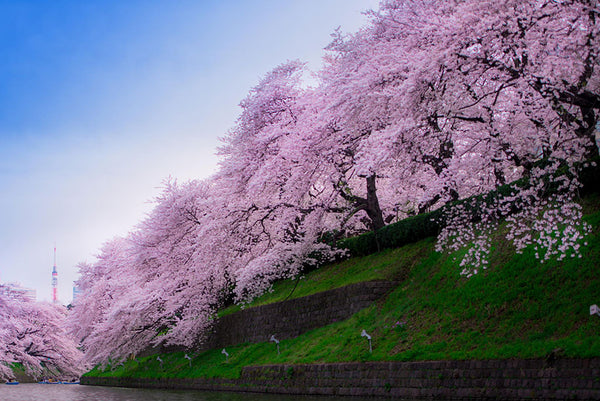
Bloomed Sakura in Japan.
Cherry Blossoms have a rich history engraved in Japanese culture, dating back to as far as the late 700’s!
“Hanami” or flower viewing, has been a part of Japanese culture since the Heian period. (794 – 1185) Friends and families would gather together to enjoy the beautiful sight of the Sakura flowers blooming in full effect.
 People enjoying their picnic under a cherry blossom tree
People enjoying their picnic under a cherry blossom tree
Modern day hanami still consists of picnic get-togethers beneath Sakura trees while drinking, eating, and having a good time. The typical meal consists of:

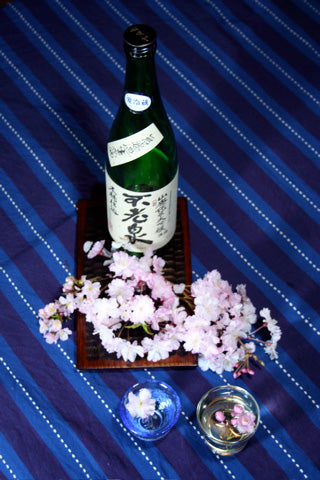

So when did the concept of hanami start in Japanese history?
The practice of hanami officially started during the Nara period (710-794) among the aristocrats. However, they practiced hanami with a different type of flower, the Ume blossom.
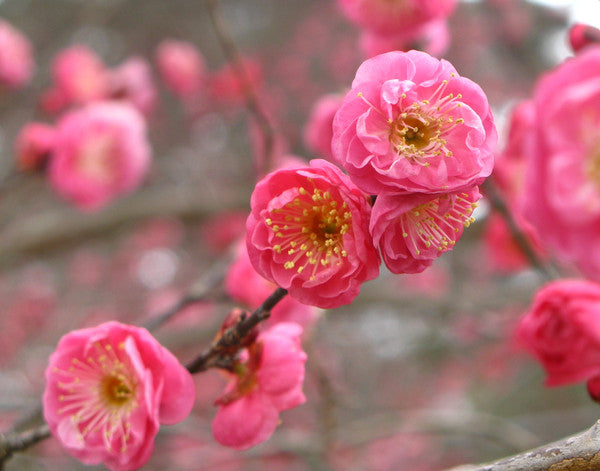
Notice the Ume blossoms have more flower petals than the Sakura flowers
Cherry Blossoms increased in popularity over time, and eventually became to be associated with hanami by the end of the Heian era. The Japanese people started to bring back these trees from the mountains to their homes, which explains why they are abundant in Japan.
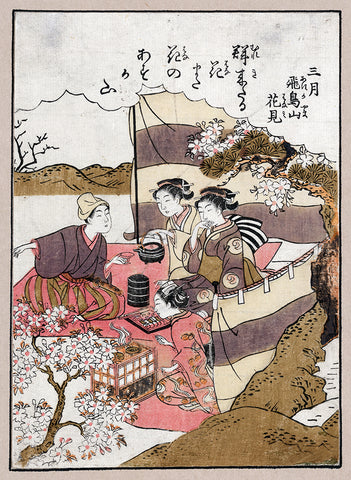 Historical artwork depicting Aristocrats enjoying hanami.
Historical artwork depicting Aristocrats enjoying hanami.
Cherry blossoms have deeply been rooted in Japanese folk religion, as farmers believed a deity dwelled in each individual Sakura tree. In order to have a good rice harvest, they provided offerings for these deities, prayed, and held a banquet to celebrate the gods.
 Sakuras in full bloom next to a rice paddy.
Sakuras in full bloom next to a rice paddy.
There are so many different types of Sakura cherry blossoms!
Just in case you didn’t know, there are actually multiple types of Sakuras out there in the world. Not just multiple, but a tremendous amount. Over 600!
While Cherry Blossoms come in different types, up to 80 percent of the Cherry Blossoms in Japan today are Somei Yoshinos. This type of Cherry Blossom is actually a hybrid of two different types, genetically modified around the end of the Edo period. While it grows faster than most types, it has a shorter lifespan.
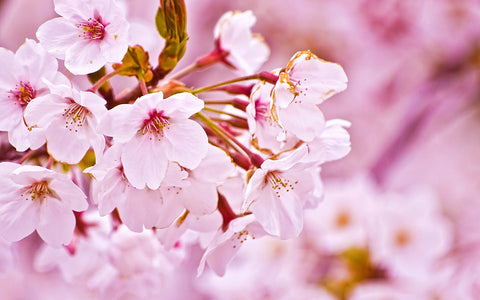
A picture of a Somei Yoshino
Because Sakuras have a short life span, it is often seen as a metaphor for the beauty of life. They are often subjects of Japanese poetry and illustrations depicting their beauty and importance to the Japanese people. There’s also a saying, “Hana yori Dango,” or, “Dumplings over Flowers,” which shows the true underlying preferences of some viewers.
The people, the food, and most importantly, the beauty of these flowers is a must see to enjoy the start of the spring season.
Where can you see the cherry blossoms?
Locations in the US:
Locations in Japan:
Check out some of the most beautiful places in Japan in these other posts!
Comments will be approved before showing up.
Kay Vinci
March 16, 2017
Shigeki Abe’s picture is usually featured. Ryosuke, could you please introduce yourself? What do you do at Snakku? I’m from Missoula, Montana and I have a son and grandson in Fukuoka. I love your snack boxes. Thanks for your response, in advance. Sincerely, Kay Vinci